
Vietnam’s UNESCO Heritage Sites: A Cultural Journey
Vietnam is home to numerous UNESCO World Heritage Sites, offering a fascinating journey through its rich cultural and natural history. From ancient cities and temples to breathtaking natural wonders, these sites represent the essence of Vietnam’s diverse heritage.
Halong Bay: A Natural Wonder
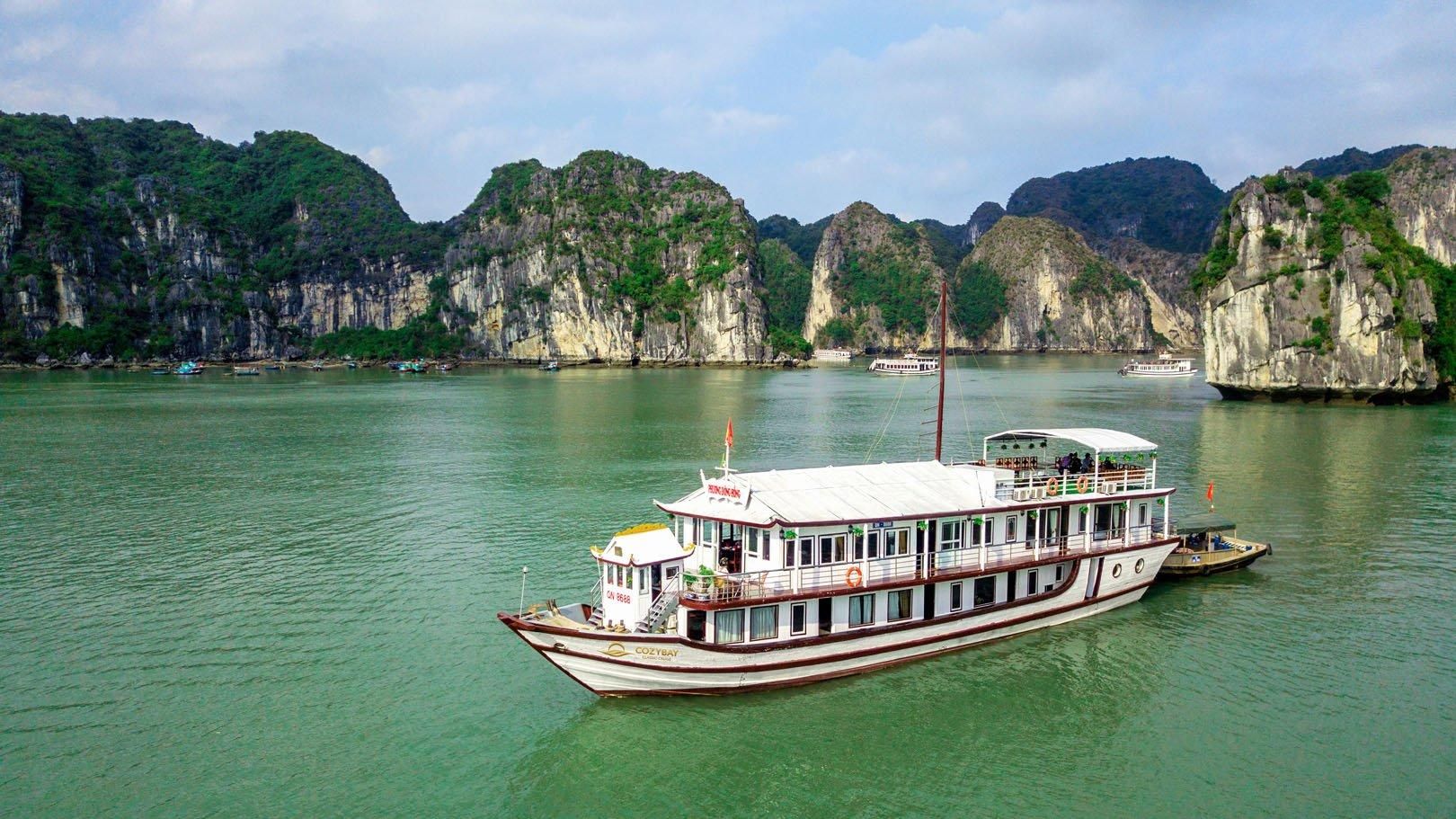
Halong Bay, one of Vietnam’s most iconic landscapes, became a UNESCO World Heritage Site in 1994. Its emerald waters and thousands of limestone karsts and islets make it a stunning natural wonder. A cruise through the bay offers visitors the chance to explore hidden caves, floating villages, and pristine beaches. Halong Bay is also an excellent spot for kayaking, snorkeling, and hiking on some of its larger islands.
Consider booking a luxury cruise to explore Halong Bay’s hidden gems, including the lesser-known areas like Lan Ha Bay and Bai Tu Long Bay. The guided tours offer the perfect blend of adventure and relaxation in one of Vietnam’s most breathtaking landscapes.
Hanoi's Old Quarter: A Window into Vietnam’s Past
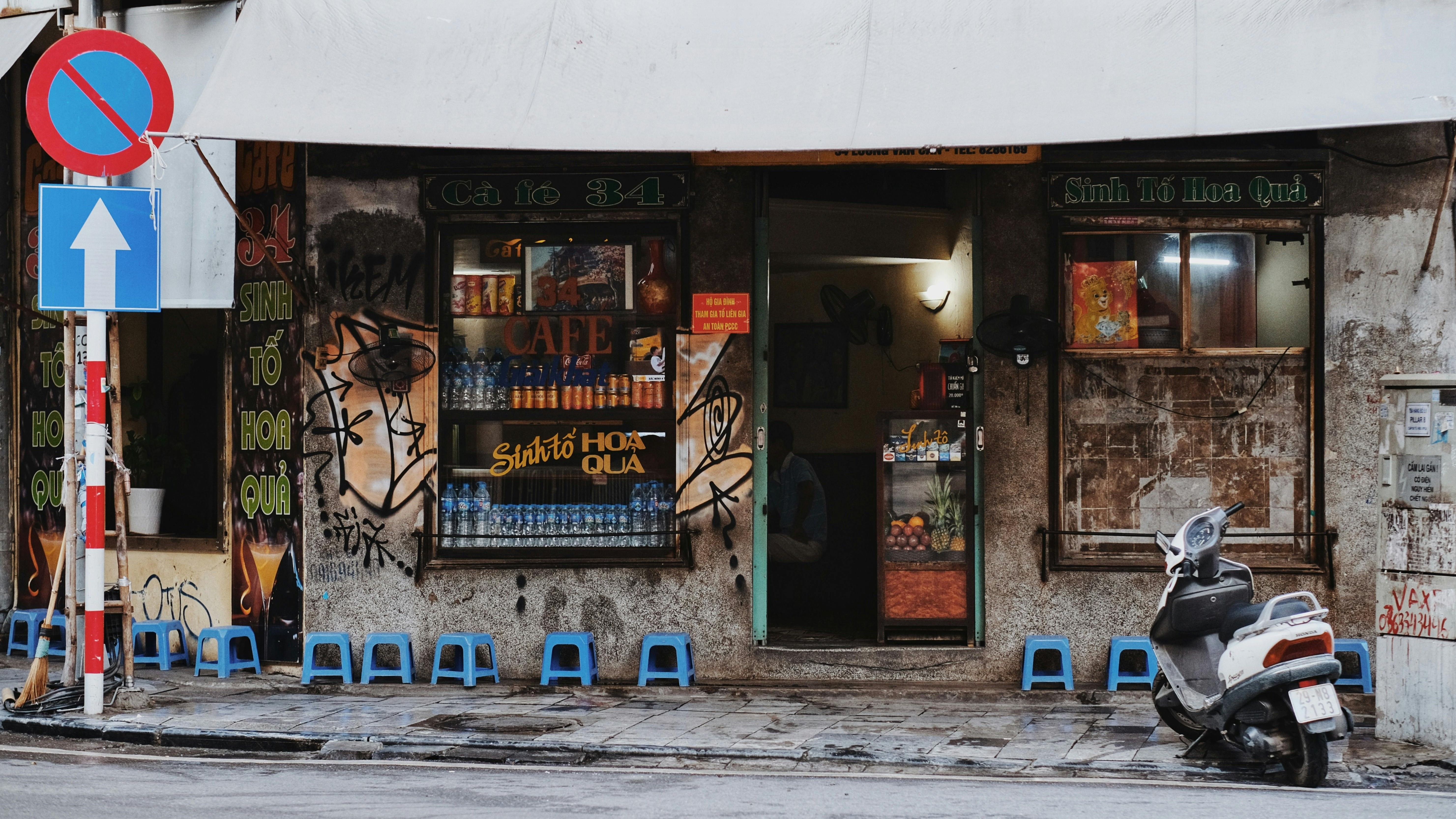
Hanoi's Old Quarter is a living museum, showcasing the vibrant history and culture of Vietnam. This bustling maze of 36 streets, each historically dedicated to a specific trade, offers a mix of traditional craft shops, colonial architecture, and street food that reflects the spirit of old Hanoi. You can explore the ancient temples, such as Bach Ma Temple, stroll around Hoan Kiem Lake, or simply wander through the narrow alleyways to experience the city's rich history and unique charm.
The Old Quarter is also a great starting point for sampling authentic Vietnamese cuisine. A guided food tour in Hanoi can help you uncover hidden culinary gems like phở, bun cha, and egg coffee from street vendors and family-run eateries.
Trang An Landscape Complex: Vietnam’s Inland Halong Bay

Known as the "inland Halong Bay," the Trang An Landscape Complex, recognized by UNESCO in 2014, is a stunning area of limestone karsts, winding rivers, and lush valleys. Visitors can take boat tours through caves and ancient temples nestled in this scenic area. Trang An is also a culturally rich region, with historical sites that include Hoa Lu, the ancient capital of Vietnam during the 10th and 11th centuries.
Travel Tip: Combine your visit to Trang An with a trip to Bai Dinh Pagoda, the largest complex of Buddhist temples in Vietnam. The area is ideal for travelers seeking a tranquil escape from the bustling cities.
Complex of Hue Monuments: Vietnam’s Imperial Past
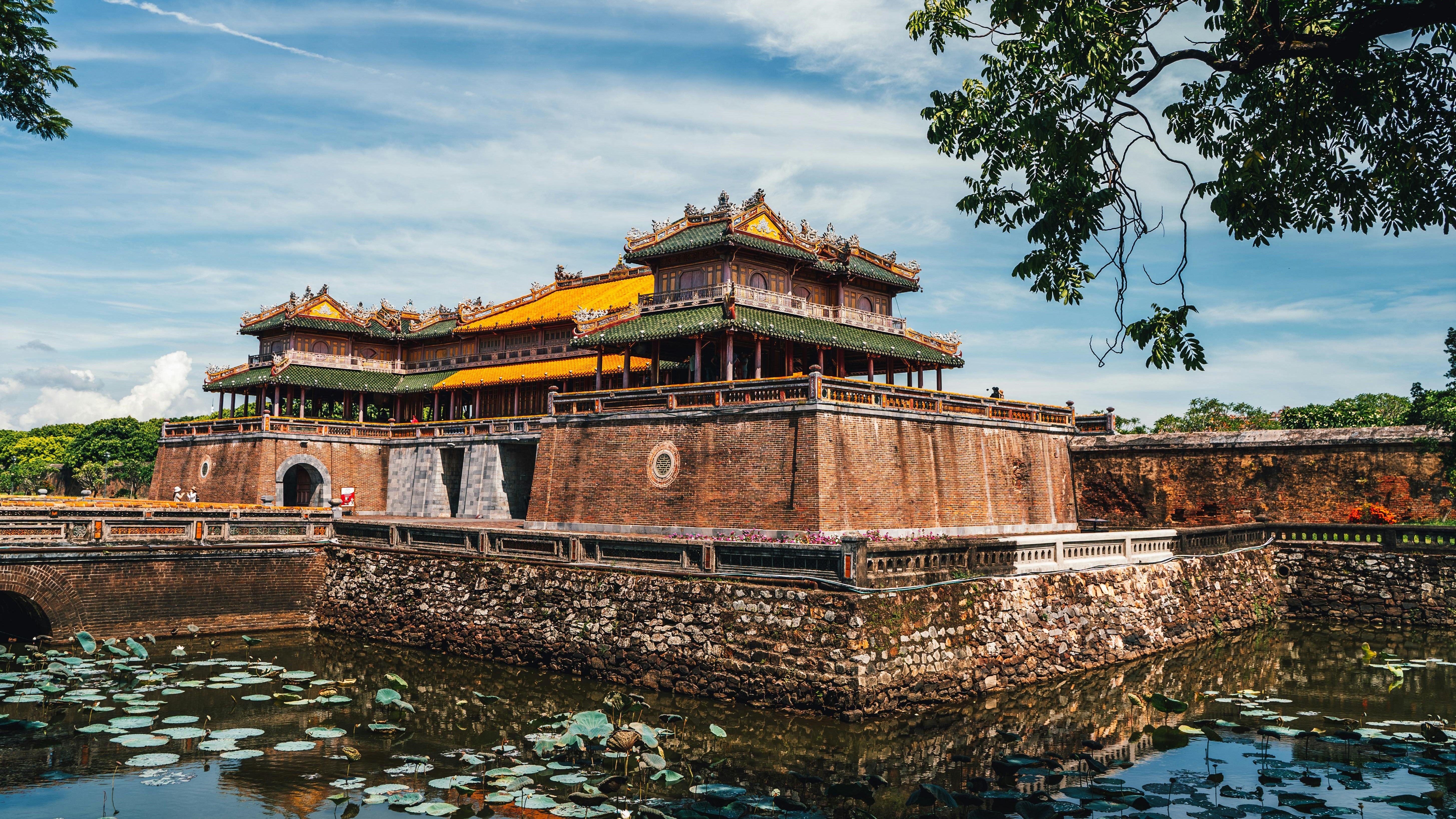
The ancient city of Hue, the capital of Vietnam during the Nguyen Dynasty, is a must-visit UNESCO site for those interested in imperial history. The Complex of Hue Monuments includes the Imperial City, royal tombs, temples, and pagodas that provide a glimpse into Vietnam’s regal past. The Imperial City itself is a vast complex, with imposing gates, palaces, and halls that once hosted emperors, concubines, and mandarins.
Travel Tip: Spend a day exploring Hue’s historical sites, then relax with a leisurely boat ride along the Perfume River. Be sure to try local Hue specialties like bún bò Huế and bánh bèo.
Hoi An Ancient Town: A Well-Preserved Trading Port

Hoi An, a UNESCO World Heritage Site since 1999, is one of the most charming and well-preserved trading ports in Southeast Asia. Walking through its lantern-lit streets takes you back to a time when Hoi An was a bustling hub for international traders. The mix of Vietnamese, Chinese, Japanese, and European architecture creates a unique atmosphere. Visit the iconic Japanese Covered Bridge and the Old House of Tan Ky, and don’t miss out on Hoi An’s renowned tailor shops and street food.
Travel Tip: Visit Hoi An in the evening to witness the magical lantern festival, where the entire town glows in a sea of colorful lights. Enjoy local delicacies, such as bánh mì and cao lầu, while strolling by the Thu Bon River.
My Son Sanctuary: The Lost Hindu Temples
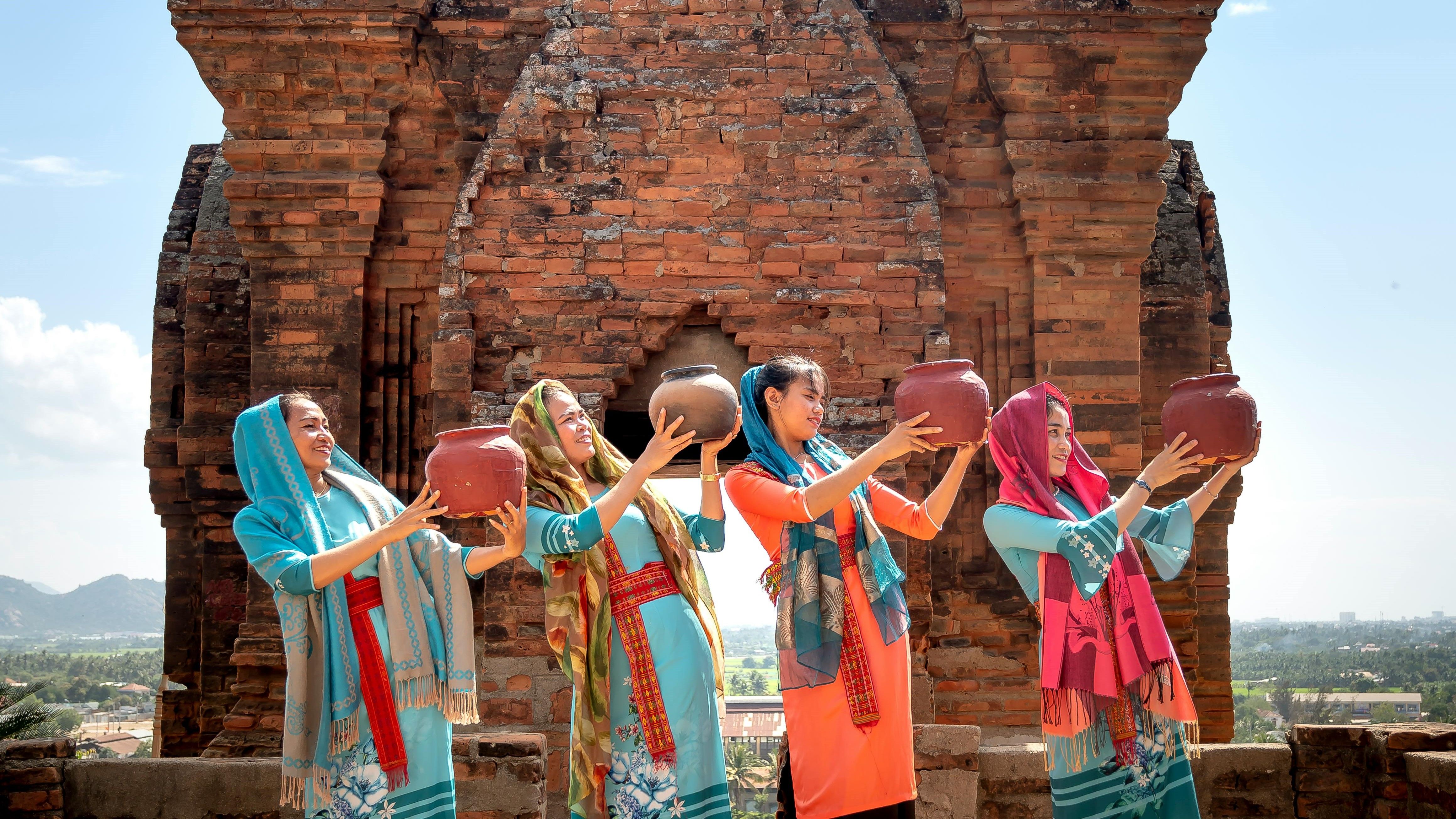
My Son Sanctuary is a cluster of ancient Hindu temples built between the 4th and 13th centuries by the Champa Kingdom. This sacred site, which served as the religious and political capital of the Champa Kingdom, holds deep cultural significance and reflects the influence of Indian civilization on Vietnam. Although many of the temples were damaged during the war, the ruins remain an awe-inspiring testament to Vietnam's ancient history.
Travel Tip: The best time to visit My Son is early in the morning to avoid the crowds and heat. A guided tour is highly recommended to fully understand the history and significance of this site.
Phong Nha-Ke Bang National Park: Vietnam’s Natural Treasure
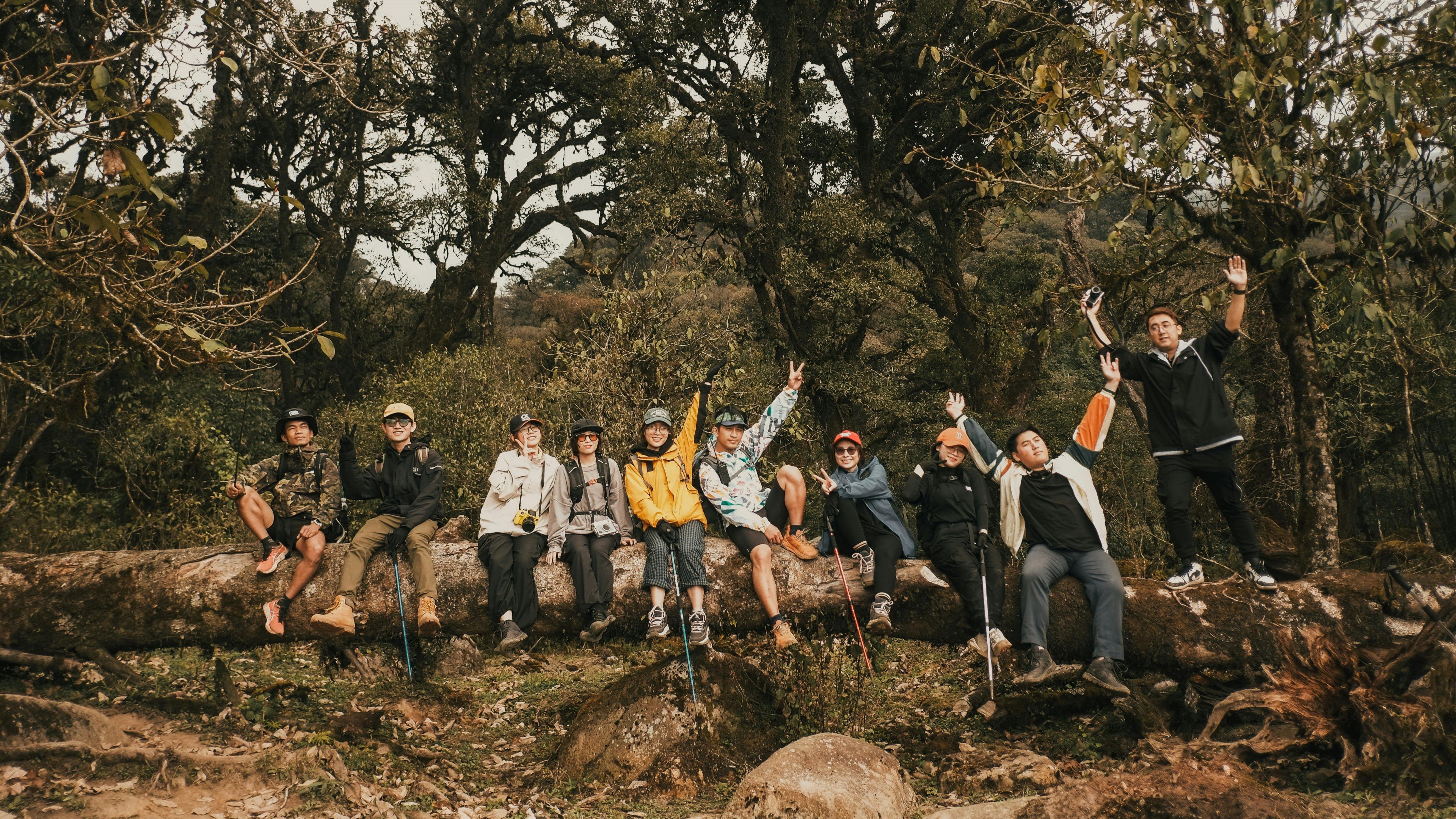
Recognized by UNESCO in 2003, Phong Nha-Ke Bang National Park is home to some of the world’s largest and most impressive caves, including Son Doong, the largest cave in the world. This park offers a rugged landscape of mountains, rivers, and lush forests, perfect for nature lovers and adventurers. Inside the caves, you'll find massive chambers, underground rivers, and ancient stalactites that have been forming for millions of years.
Travel Tip: For a truly unforgettable experience, book a multi-day trekking and camping tour inside Son Doong Cave. If you’re looking for a shorter adventure, the Phong Nha Cave and Paradise Cave are excellent options.
Conclusion
Vietnam’s UNESCO World Heritage Sites offer a rich tapestry of cultural, historical, and natural experiences. Whether you’re exploring the vibrant streets of Hoi An, cruising through Halong Bay, or discovering the ancient temples of My Son, each site provides a unique insight into Vietnam’s diverse heritage.
Exploring these sites is a journey through time, allowing you to experience Vietnam’s rich history, vibrant culture, and awe-inspiring landscapes.